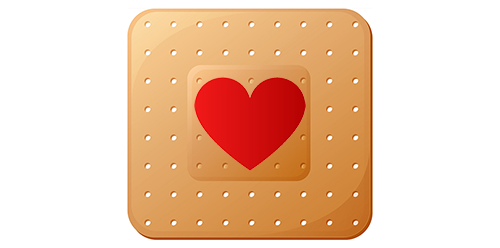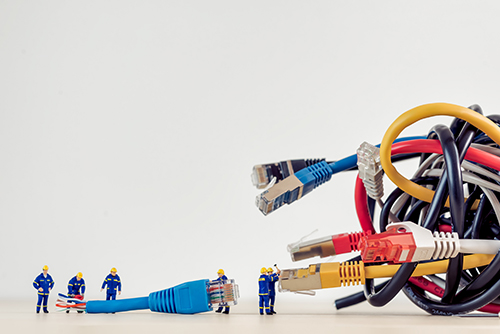Patient Experience
Service Recovery
Things don’t always go as planned, but how we respond to recover makes all the difference in the world. Staff should use the L.E.A.D. model when addressing challenging situations and patent complaints.

L.E.A.D. model
Listen: listen to the patient and try to understand the problem:
- Allow the patient and family to feel heard
- Examples of key words: “I hear you saying…” or “I understand you’re frustrated…”
Empathize: notice and acknowledge their feelings:
- Examples of key words: “I can understand why you are upset…”
Apologize: apologize on behalf of the hospital for the inconvenience:
- Acknowledge the error without placing blame on anyone
- Examples of key words: “I apologize for the wait…,” “I apologize for the inconvenience,” or “Is there anything I can do to make you more comfortable?”
Do the right thing: determine the best, most timely solution:
- Offer options and ask the patient how they would like the problem resolved (*escalate issues promptly to a manager whenever necessary or when the situation cannot be immediately resolved*)
- Examples of key words: “Here is what I can do to help the situation…”

Service Interruptions
A service breakdown refers to any interruption in the planned or expected operations aspects of care. Unexpected events will inevitably occur and how we respond influences the patient’s perception and experience. Service recovery refers to all the actions taken to turn a negative situation into a positive outcome.
The purpose of the Service Recovery Program is to:
- Support a culture of service at MGH/MGPO
- Provide patients and families with an expression of regret for a lapse in service
- Increase staff effectiveness by providing tools and expanding service recovery skills
- Empower staff to use judgement in recovery situations
- Provide data for improvement efforts
